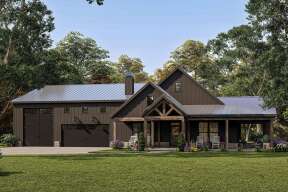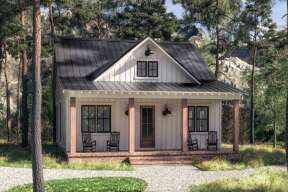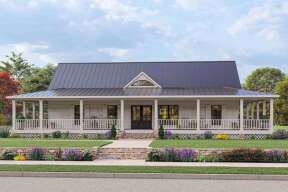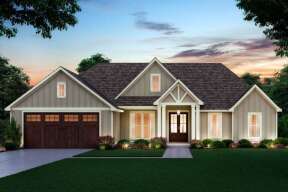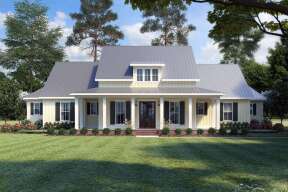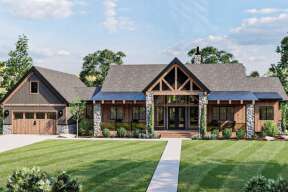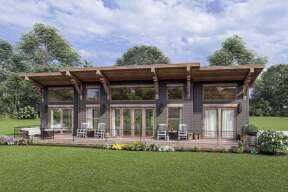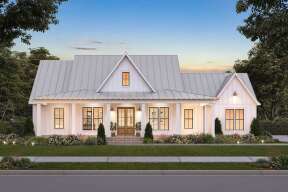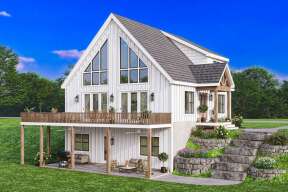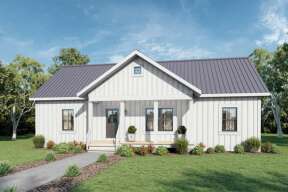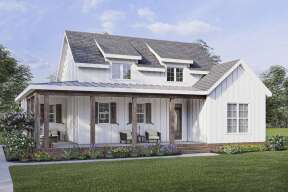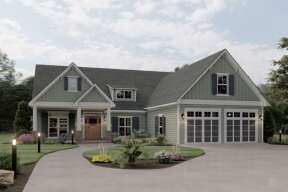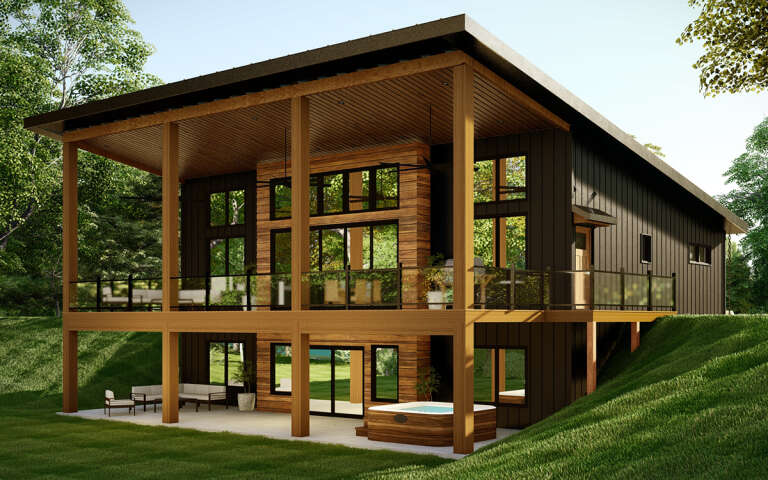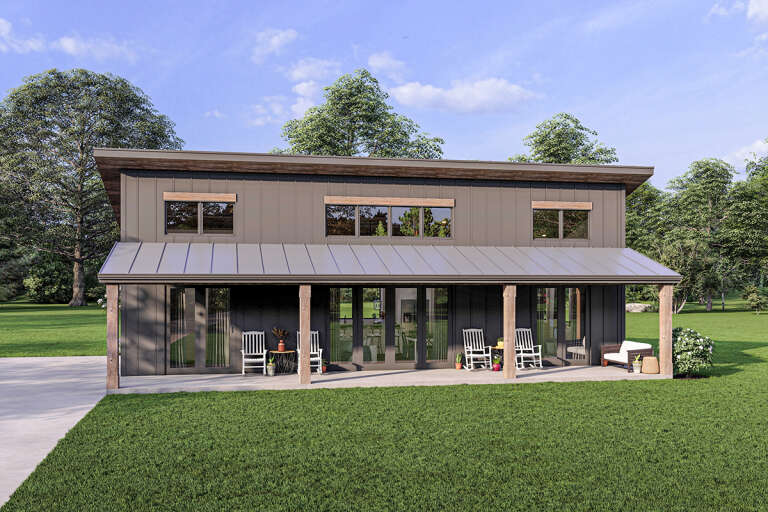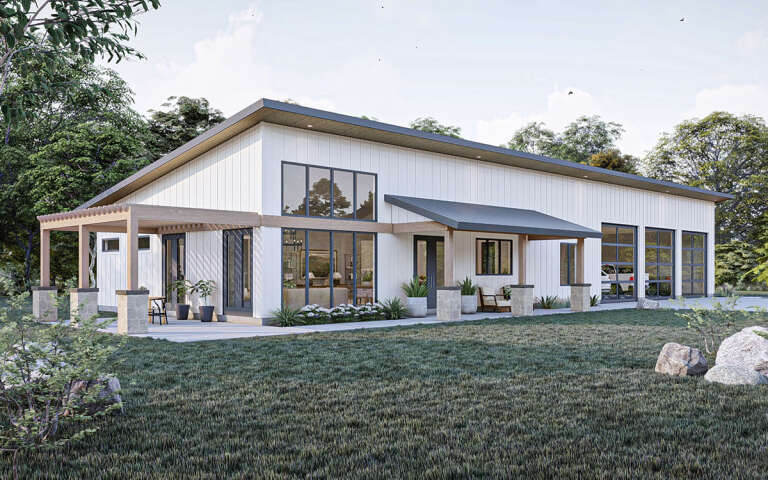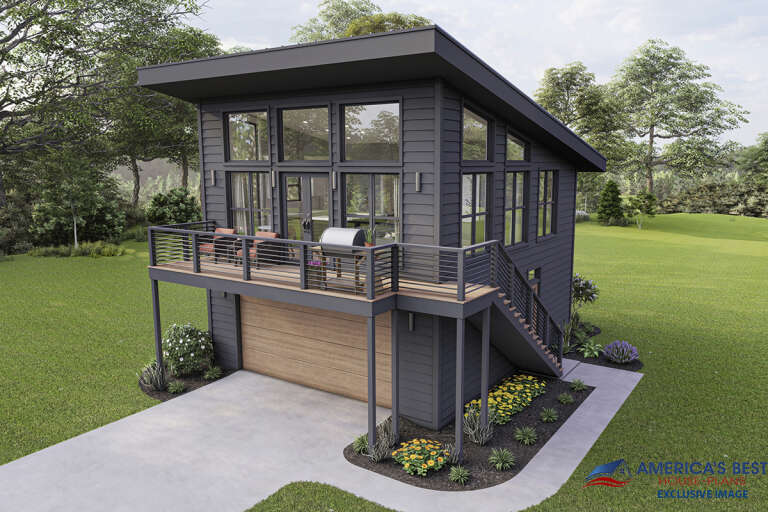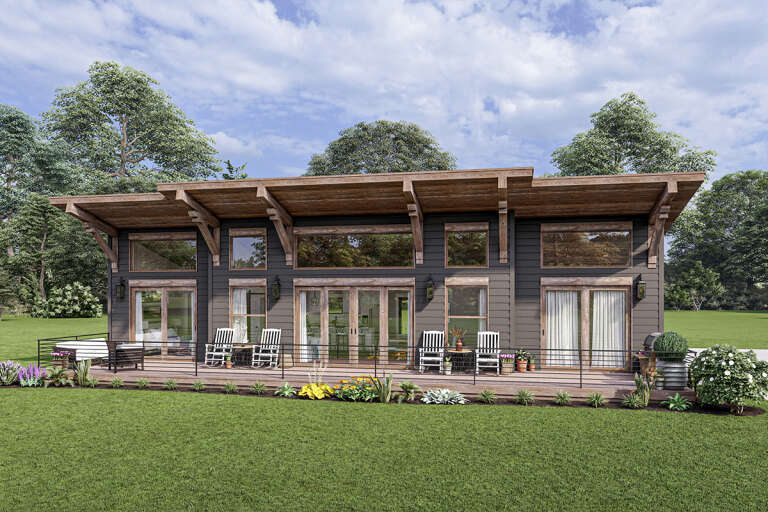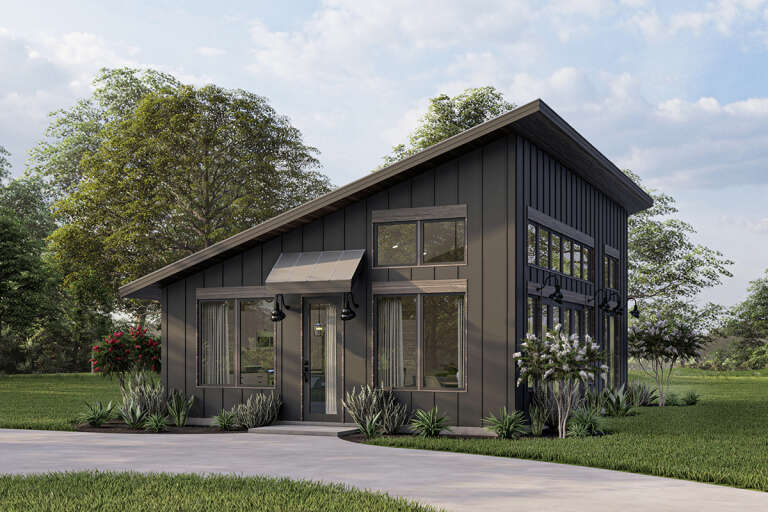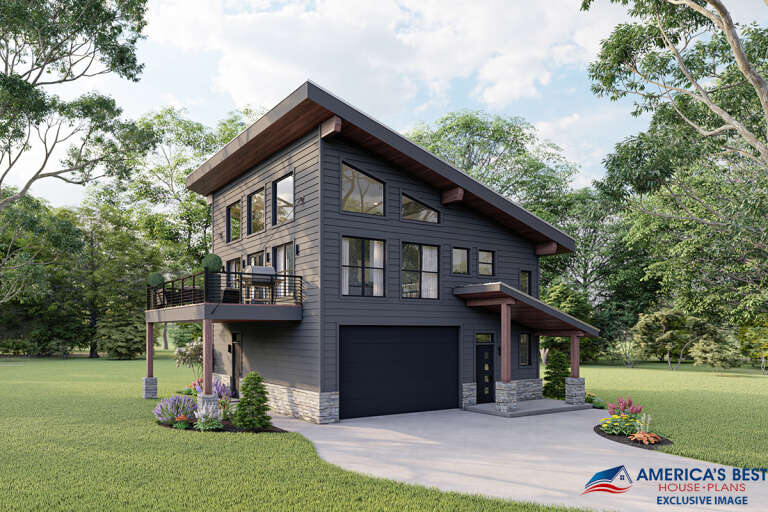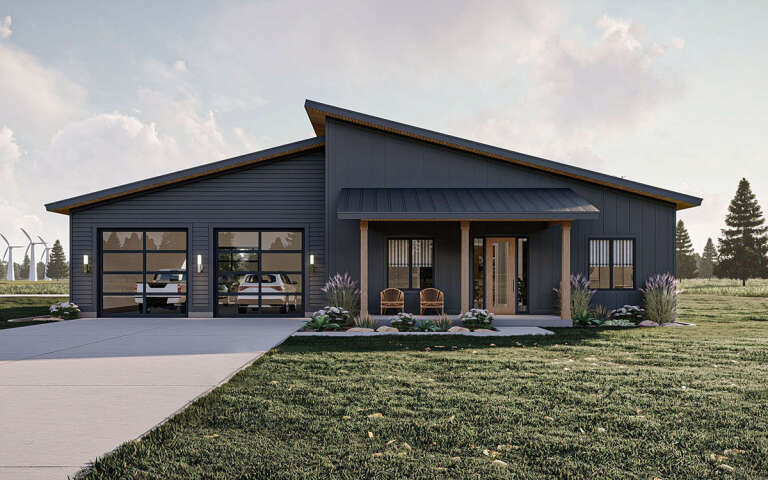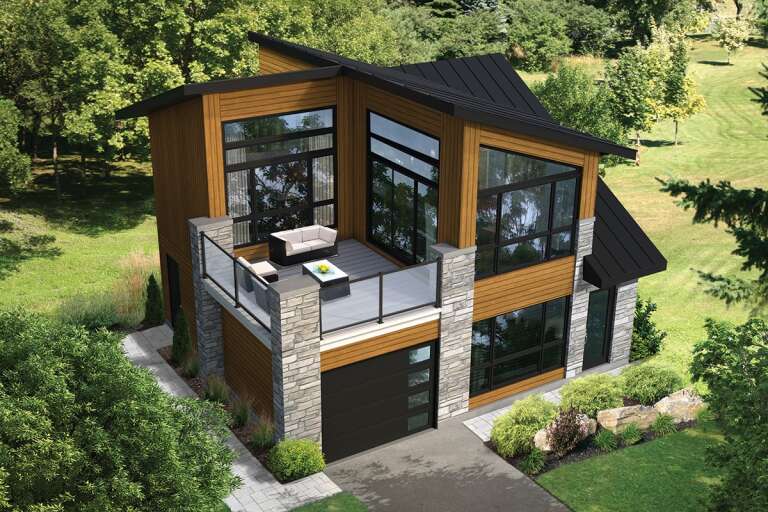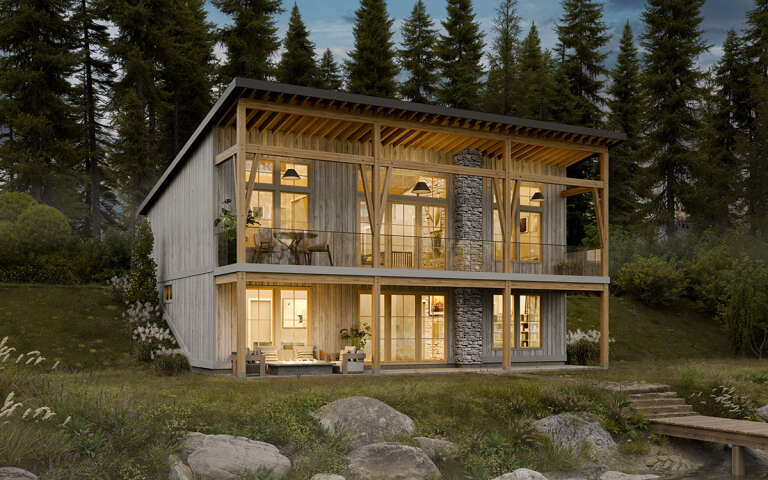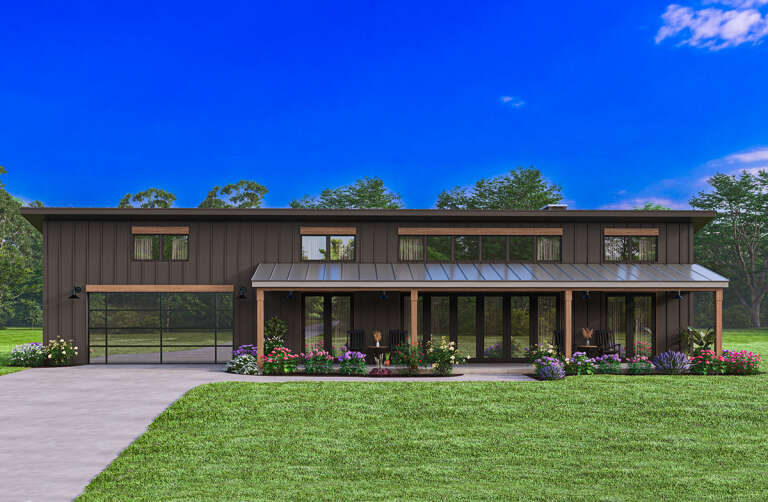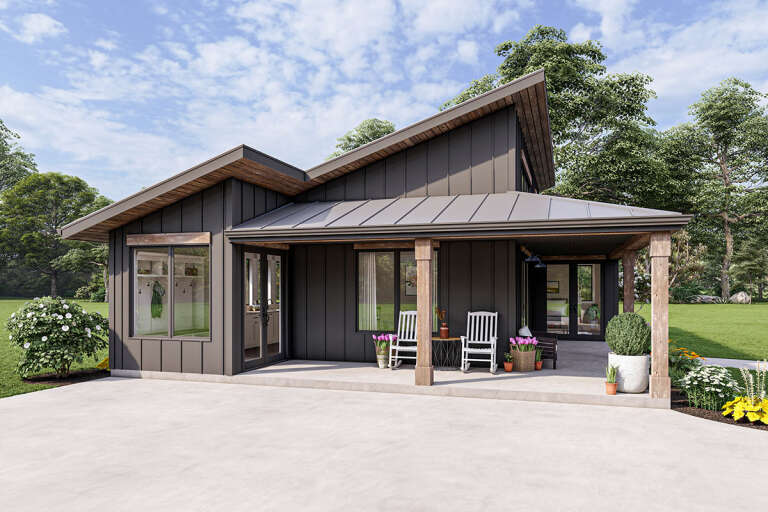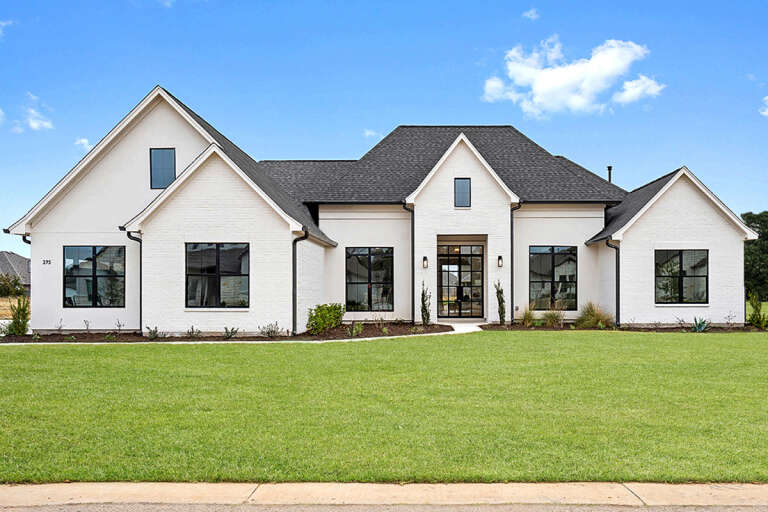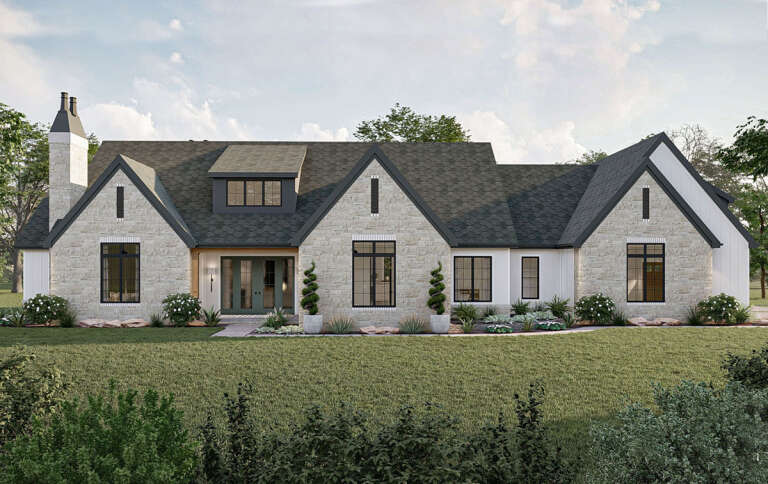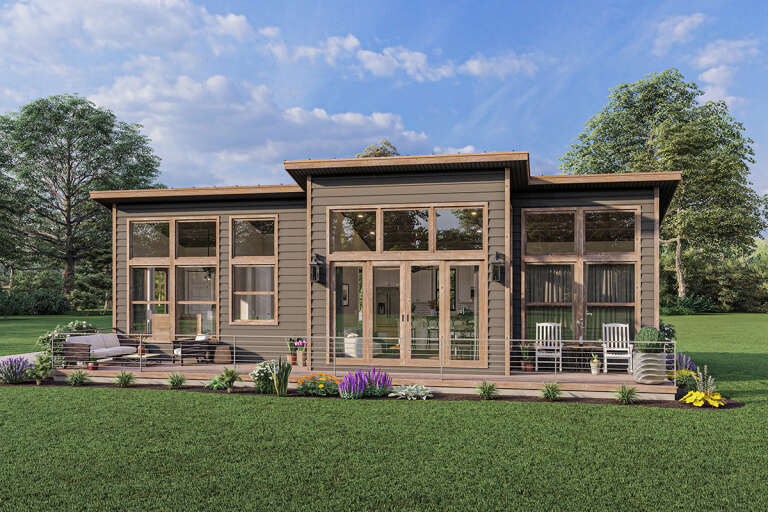1,288 Results
SORT BY
Modern FAQ
What is a modern house plan?
A modern house plan refers to a specific style of architecture that emerged in the early 20th century and continues to be popular in the 21st century. These designs are characterized by simplicity, functionality, and embracing progressive design elements that challenge traditional notions of what a home should look like.
Key characteristics of a modern house plan include:
- Simplicity in Design and Form. Modern house plans are noted for their clean lines and simple geometric shapes. There's a deliberate avoidance of unnecessary detail, ornate decorations, and complex structures, favoring a minimalist aesthetic instead.
- Open Floor Plans. A defining feature of modern house designs is the use of open floor plans. This involves a fluid layout where rooms seamlessly flow into one another, often blurring the lines between indoor and outdoor spaces.
- Large Windows. Modern houses typically have large, floor-to-ceiling windows, often taking up entire walls. This allows abundant natural light and a strong connection with the surrounding environment.
- Industrial Materials. Modern house plans utilize various materials, often with an industrial feel. These might include concrete, steel, and glass, with the raw qualities of these materials often left exposed to highlight their natural beauty.
- Flat or Low-pitched Roofs. Unlike traditional homes with steep, gabled roofs, modern homes usually have flat or shallow-hipped roofs. This emphasizes their horizontal lines and overall geometric simplicity.
- Emphasis on Functionality. Every element in a modern house plan is designed with functionality in mind. This translates to efficient use of space, smart storage solutions, and a layout that's easy to navigate.
- Eco-friendly Design. Many modern house plans are eco-friendly, featuring energy-efficient appliances, sustainable materials, and designs that minimize the home's environmental impact. Some may even incorporate elements like green roofs, solar panels, and rainwater collection systems.
- Technology Integration. Modern homes often incorporate the latest technology, from innovative home systems that control lighting, heating, and security, to state-of-the-art kitchen appliances.
Modern house plans provide a distinctive blend of style, practicality, and forward-thinking design principles. They reflect a desire to break traditional norms and embrace a more minimalist, sustainable, and efficient way of living. These homes are visually striking and designed to accommodate the needs and lifestyle of a 21st-century family.
What year is considered a modern home?
The term "modern home" refers more to a style of architecture than a specific construction period. Modernist architecture emerged in the early 20th century, roughly around the 1920s, as a reaction to traditional and heavily ornamented Victorian designs. The movement gained significant traction after World War II, around the mid-20th century, creating a popular subset of modern home design known as "mid-century modern," thanks to new construction technologies and materials.
That said, the principles of modern architecture continue to influence home designs to this day. Therefore, a home built in the 21st century can be considered a "modern house plan" if it incorporates modernist design elements, such as clean lines, simple geometric shapes, large windows, open floor plans, and a minimalistic aesthetic.
However, it's essential to differentiate between "modern" and "contemporary" in the context of architecture. While "modern" refers to a specific architectural movement with defined stylistic features, "contemporary" refers to homes built in the present day, which can showcase a variety of architectural styles. In other words, all modern homes are contemporary (as they were at the time of their construction), but not all contemporary homes are modern.
Are modern homes cheaper to build?
Building a modern home often involves a higher investment compared to constructing a traditional home, mainly due to several factors inherent in contemporary design and construction.
While the basic tenets of modern design, such as simplicity and minimalism, might suggest potential cost savings, other elements can contribute to increased costs. For instance, the large, floor-to-ceiling windows that are a defining feature of modern homes are typically more expensive than standard windows due to their size and the specialized installation they require.
The use of industrial materials, another key characteristic of modern homes, can also contribute to higher costs. While aesthetically appealing and durable, materials like steel, glass, and concrete are often more expensive than traditional building materials like wood or brick but check locally.
In addition, modern homes often incorporate advanced technology, such as smart home systems, and sustainable features, like solar panels or energy-efficient appliances. While these features offer long-term savings in energy costs, they can significantly increase the upfront building costs.
It's worth noting, however, that long-term benefits can offset these higher initial costs. Modern homes, focusing on energy efficiency and durable materials, can offer lower maintenance costs and energy savings over time.
How much does it cost to build a modern house?
In the United States, as of July 2023, the average cost to build a new home can range anywhere from $150+ to $500+ per square foot. However, regarding modern homes specifically, you might expect to be on the higher end of this spectrum or even exceed it due to the factors mentioned earlier.
For instance, modern house plans often feature large expanses of custom-made glass, high-end finishes, and unique construction methods, which can increase costs. Specialty or luxury materials such as steel, concrete, or imported wood can also raise prices.
Additionally, modern houses frequently incorporate advanced technologies such as intelligent home systems and sustainability features like solar panels and energy-efficient appliances. While these features can provide long-term savings on energy costs, they tend to increase the initial construction cost.
It's also important to remember that these are just the construction costs for modern house floor plans. Other costs associated with building a home, such as land purchase, architectural and engineering fees, permits and inspections, and landscaping, should also be factored into the overall budget.
Given the many variables involved, it's always advisable to consult with an architect, designer, or builder in your specific location to get a more accurate estimate based on your requirements and preferences.


